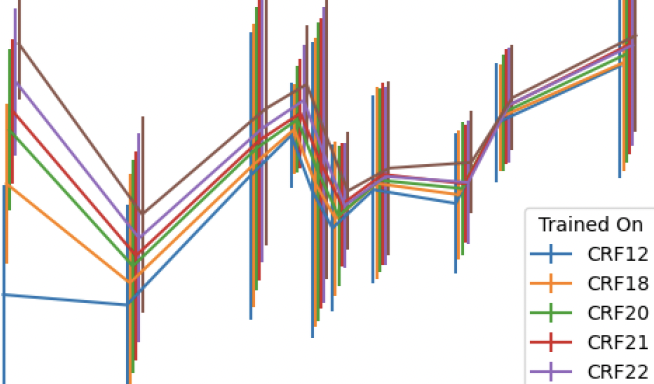
Remote photoplethysmography (rPPG) is a camera based technique used to estimate a subject's heart rate from video. It exploits the difference in light reflection between blood-dense tissue and other tissue by detecting small variations in the color of RGB pixels on skin. While often undetectable to the human eye, these subtle changes are easily detectable from high-quality video. Working with high-quality video presents many challenges due to the amount of storage space required to house it, computing power needed to analyze it, and time required to transport it. These problems can be potentially mitigated through the use of compression algorithms, but modern compression algorithms are unconcerned with maintaining the small pixel intensity variations within or between frames that are needed for the rPPG algorithms to function. When provided with compressed videos, rPPG algorithms are therefore left with less information and may predict heart rates less accurately. We examine the effects of compression on deep learning rPPG with multiple commonly used and popular compression codecs (H.264, H.265, and VP9). This is done at a variety of rate factors and frame rates to determine a threshold for which compressed video still returns a valid heart rate. These compression techniques are applied against multiple public rPPG datasets (DDPM and PURE). We find that rPPG trained on lossless data effectively fails when evaluated on data compressed at compression constant rate factors (CRFs) of 22 and higher for both H.264 and H.265, and at a constant-quality mode of CRF above 37 for VP9. We find that training on compressed data yielded less accurate results than training on loss-less or less compressed data. We did not find any specific benefit to training and testing on data compressed at identical compression levels.
Benjamin Sporrer, Nathan Vance, Jeremy Speth, Patrick Flynn, "Examining the Effects of Compression on Deep Learning Remote Photoplethysmography" in Electronic Imaging, 2024, pp 248-1 - 248-9, https://doi.org/10.2352/EI.2024.36.10.IPAS-248
 Find this author on Google Scholar
Find this author on Google Scholar Find this author on PubMed
Find this author on PubMed